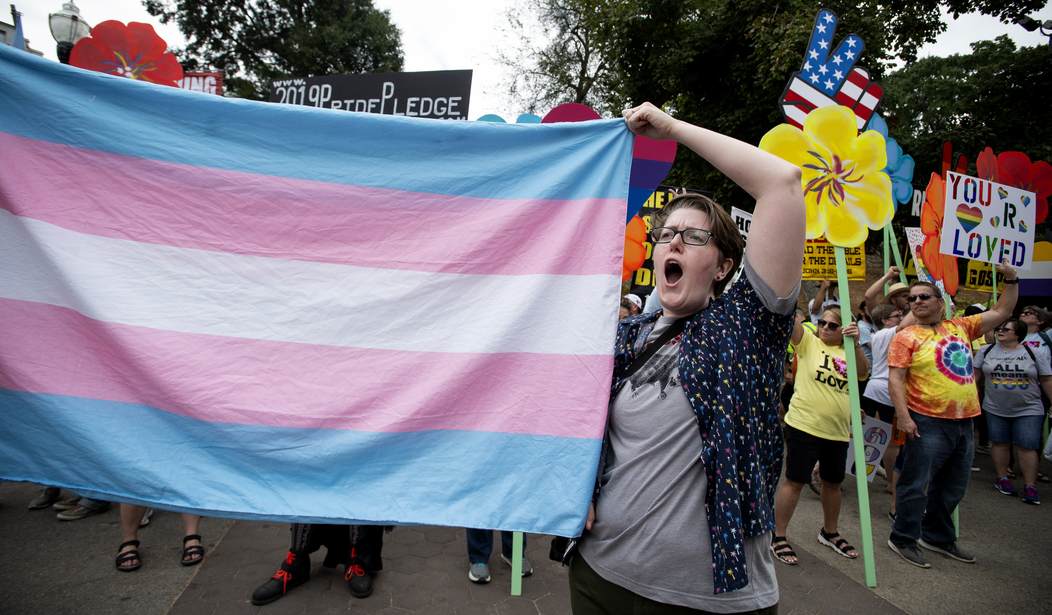The Associated Press Stylebook has been used by American journalists for decades as a guide in the proper use of the English language. We use it here at PJ Media—sort of.
Two years ago, the AP Stylebook decided to capitalize the word “Black” when it’s used “in a racial, ethnic or cultural sense, conveying an essential and shared sense of history, identity and community among people who identify as Black, including those in the African diaspora and within Africa.”
I thought it was racist that the AP Stylebook felt that “Black” should be capitalized, but not “white,” and I opted not to follow their guidance. Rather than capitalize both “Black” and “White,” as I’ve seen some publications do, I kept to the status quo: lower case across the board.
The AP Stylebook has made other suggestions that I’ve disagreed with and ignored, like its guidance to avoid calling riots “riots” in October 2020.
“A riot is a wild or violent disturbance of the peace involving a group of people. The term riot suggests uncontrolled chaos and pandemonium,” the AP Stylebook’s official Twitter account explained. “Focusing on rioting and property destruction rather than underlying grievance has been used in the past to stigmatize broad swaths of people protesting against lynching, police brutality or for racial justice, going back to the urban uprisings of the 1960s.”
Now, the AP Stylebook has issued a “Topical Guide” for transgender coverage that encourages journalists and writers to use what it calls “unbiased language” and to “avoid false balance [by] giving a platform to unqualified claims or sources in the guise of balancing a story by including all views,” according to National Review, which has seen the Topical Guide.
This updated guidance from the AP Stylebook comes on the heels of us learning that dictionary publisher Merriam-Webster had updated its definition of “female” to placate the transgender movement. The dictionary added to the definition that “female” means “having the gender identity that is opposite of male.”
Related: Why Is Conservative Media Calling a Male Rapist by Feminine Pronouns?
“A person’s sex and gender are usually assigned at birth by parents or attendants and can turn out to be inaccurate,” the AP Transgender Coverage Topical Guide falsely claims, before insisting that “experts” say that “gender is a spectrum, not a binary structure consisting of only men and women, that can vary among societies and can change over time.”
Oh, really, is that what experts say? What experts are those?
Of course, the guide also encourages journalists to refer to subjects by their preferred gender pronouns and condemns referring to a transgender person’s name prior to transitioning, a practice known as “deadnaming,” because that “can be akin to using a slur and can cause feelings of gender dysphoria to resurface.”
So, this grammar style guide expects me to refer to an individual with grammatically incorrect they/them pronouns? Hell, no. As far as I’m concerned, the AP Stylebook can kiss my pronouns, because I am not following this guidance. Richard “Rachel” Levine is a man. Ellen “Elliot” Page is a woman. Bruce “Caitlyn” Jenner is a man.
And there’s nothing the AP Stylebook can do about that.
The Topical Guide has recommendations for how to treat coverage of transgender athletes in sports as well as the topic of pregnancy—and I’m having none of it. As far as I’m concerned, legitimizing radical leftist gender theory is akin to using a slur against biology and the human race. I have long refused to use “preferred pronouns” to refer to transgender people, and frankly, in light of this ridiculous guidance, I’m ready to deadname transgender people—even if they’ve had their names legally changed. Sorry, but I will not be bullied into submission on this. I will not legitimize radical leftist gender theory by pretending that legitimate “experts” agree that biology is irrelevant.










